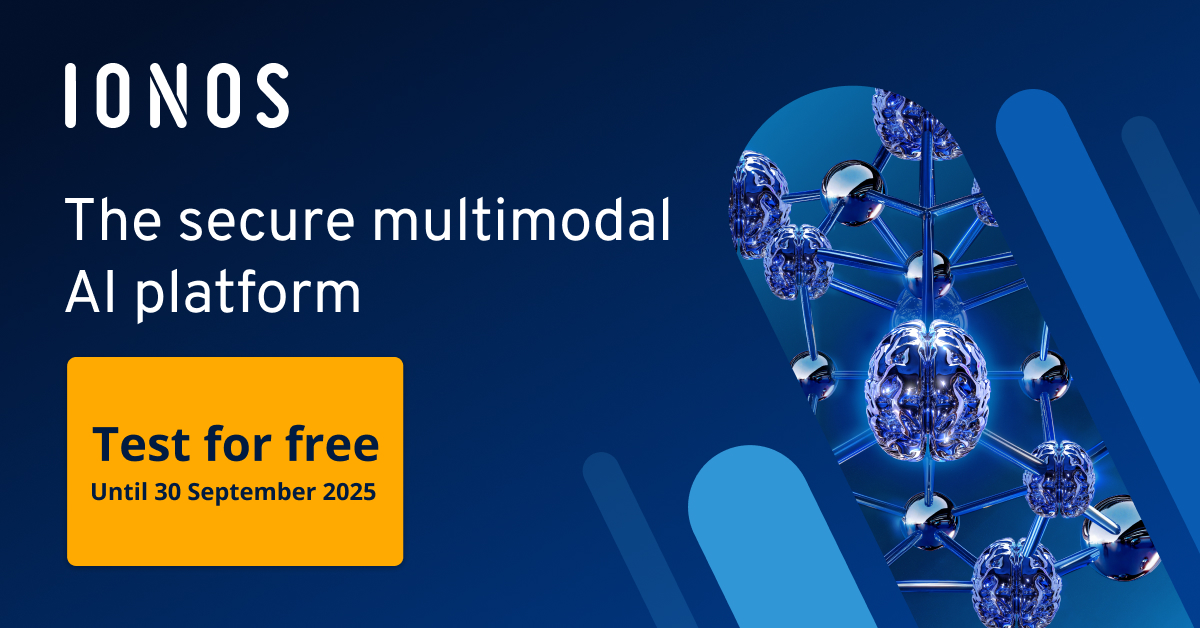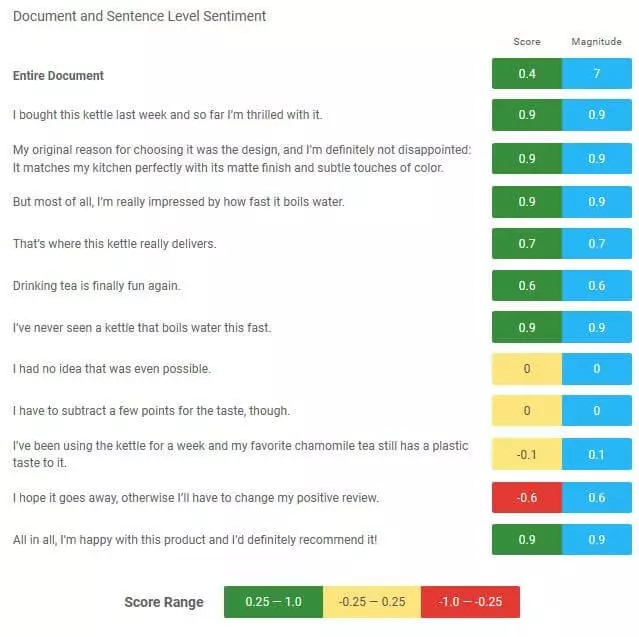What is sentiment analysis?
The success or failure of a brand depends not only on sales figures, which can change on short notice – it also depends on customer opinion (or sentiment). Sentiment can be surveyed by listening to how potential customers talk about the brand, whether they have already bought the product or not.
Is the brand aligned with current trends? Does the target audience have a positive image of the brand? Or a negative one? Or do they ignore the brand completely? How are influencers responding to the brand? A company should seek answers to these important questions on a regular basis by systematically monitoring social media channels.
The word ‘sentiment’ also means perception or feeling. Therefore, sentiment analysis aims to find out how the target audience perceives a brand or what feelings it evokes. Stock market professionals also conduct sentiment analyses to gage how share prices will develop based on the buying behaviour and general mood of stock market investors. In this article, we’ll focus on systematic analysis of sentiment and brand perception on social media, in product reviews, and in blogs.
How does sentiment analysis work?
Sentiment analysis, also known as opinion mining, automatically analyses user comments to determine whether a piece of writing expresses a positive or negative sentiment. To do this, sentiment analysis uses text mining methods. Text mining is the automatic analysis of text written in natural language.
And this is precisely where the first problem arises: Natural language is not made up of lists of positive and negative words. Simple analytical methods search the text for words with a positive or negative meaning according to a lexicon created in advance, tailored to the specific topic. While this method provides a very rough overview, it’s not very useful for capturing the actual sentiment. When analysing a subjective review of a product, even the frequency of supposedly positive or negative words is not very informative.
Consider these two reviews: ‘I’m thrilled’ and ‘Very good, it fulfillsfulfils its purpose’. The first sentence contains a positive word, ‘thrilled’, the second sentence contains two positive words, ‘good’ and fulfils’. Simple statistical analysis would give the second sentence a higher score, whereas humans would consider the review mediocre or negative. Accordingly, successful sentiment analysis needs artificial intelligence.
Another issue is that people on social media in particular express their opinions and converse as they would to a friend. They don’t always strictly follow the rules of English grammar. Many sentences have a completely different meaning in their broader context. Recognising these nuances is a major challenge for analysis tools. Furthermore, a lot of language, especially teenage slang, is heavily influenced by short-lived trends.
As a result, a sentiment analysis tool needs precise knowledge of the target audience and the product environment. This is where machine learning methods can be applied to gradually train the tools and improve the quality of results over time.
What is the purpose of sentiment analysis?
The most important task of sentiment analysis is to identify the general feeling about a product or a brand within a defined target audience. With this goal in mind, it also makes sense to analyse thematically relevant posts on Facebook, Twitter, and other social networks in addition to the product reviews on a seller’s own website or large online stores.
Sentiment analyses are designed to detect the emotions behind the written text and determine what the author of the text actually meant.
What are the benefits of sentiment analysis?
Professional text analyses can evaluate a large volume of text data to identify the prevailing opinion within your target audience. You can then use appropriate marketing strategies to counteract negative sentiments specifically.
Sentiment analysis is not a tool for responding to individual opinions or product reviews. In such cases, it's better to have a human write a personal response. However, carefully planned analyses of certain social media platforms enable you to identify satisfied customers and send them tailored advertising or promotions.
When is sentiment analysis used?
Sentiment analyses are especially important for advertising campaigns on social media, where potential customers immediately react to posts by companies. In some cases, these users even communicate amongst themselves – often much more honestly than they would with the company.
If your sentiment analysis reveals negative sentiment or a false impression of advertised products, you can adjust your advertising campaigns at short notice and reanalyse them. When you introduce a new and improved version of a known product or change the look of your brand, sentiment analyses can be a useful way of assessing how the realignment affects customer satisfaction of existing customers and the behaviour of new customers.
Although it’s relatively easy to comb through large collections of text using an automated tool, it’s also important to distinguish between relevant and irrelevant content. In addition to filtering spam, the tool should find texts that are only indirectly related to your product and exclude them from the analysis.
The relevant comments on your brand should be broken down or filtered according to further criteria, such as whether comments are actually reviews of a product or whether it is the customer service or the packaging that is being criticised, resulting in a text full of negative words. Although insights into these areas might be interesting, they distort the analysis if they are analysed together with actual product reviews.
You can also use a sentiment analysis to measure the success of marketing campaigns, for example, when terms or phrases from your current advertising appear together with positive words in comments.
Example of a simple sentiment analysis
The Google Natural Language API is a programming interface that can perform simple sentiment analyses and can be integrated into your own applications. Google allows anyone, not just software developers, to try this API. Simply copy and paste text into the input field of the API and choose from the different text analysis options. For example, you can select ‘Sentiment’
Each sentence is individually evaluated and given a score between -1 and +1, with -1 being very negative and +1 being ideal. The scores of the individual sentences are then aggregated into an overall score for the text on a sliding scale.
In the example below, we analysed a fictitious review of a kettle. The result demonstrates the weaknesses of automatic text analysis. For example, the sentence with the phrase ‘no idea’ gets a relatively low score. However, if you reread the text and consider the overall context, it becomes clear that the user is actually praising the product at this point in the review. On the other hand, the next sentence, although far more negative in meaning, gets exactly the same score.
However, since most reviews don't contain these types of phrases or irony, even a simple sentiment analysis is a useful way of identifying the prevailing sentiment in large amounts of text.
What other sentiment analysis tools are there?
Besides the Google Natural Language API, you can use other professional sentiment analysis tools to evaluate large amounts of text. Whichever tool you chose, make sure that it has a good command of the English language. It should contain word lists and databases developed by native speakers, with typical phrases in semantic contexts. Every language, especially when slang is considered, has its own subtleties that a machine translation tool cannot reproduce without distorting the sentiment of the text.
Hootsuite Insights automatically evaluates all important social media channels, news outlets, well-known blogs, and forums to determine the general attitude toward a brand. You can filter analysed comments by various keywords and typical groups of people.
Quick Search is a search engine that searches social networks, blogs, and forums for certain keywords such as brand names and compares several competing brands.
Clickworker takes a different approach. The company crowdsources a large network of freelancers to work on texts. This approach allows you to identify the prevailing mood based on targeted questions instead of making use of automatic sentiment analysis.


